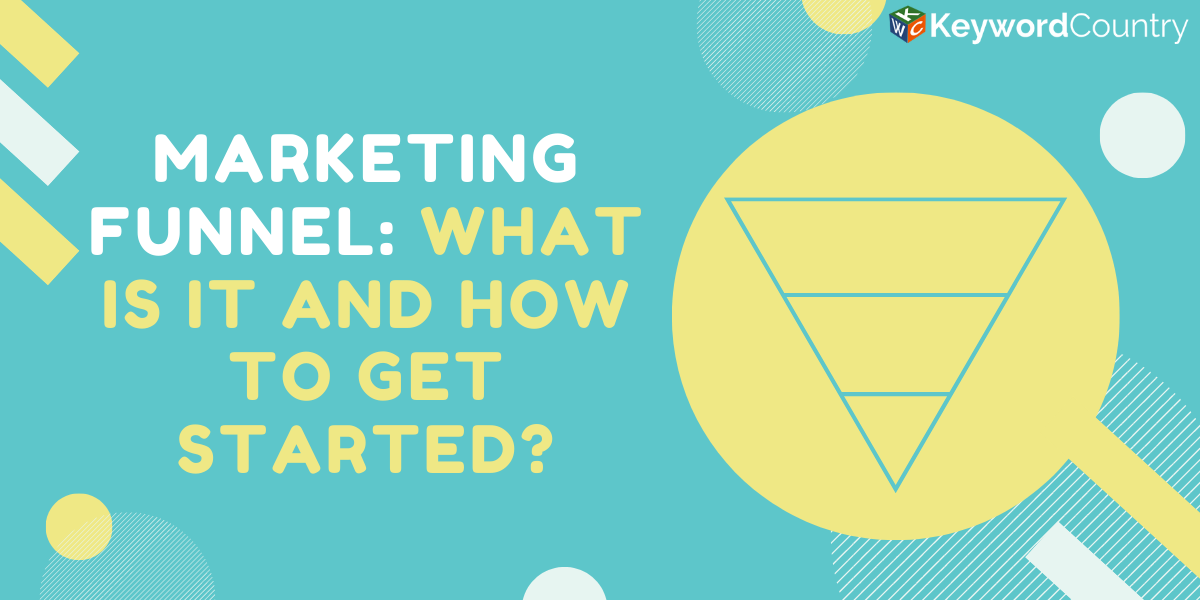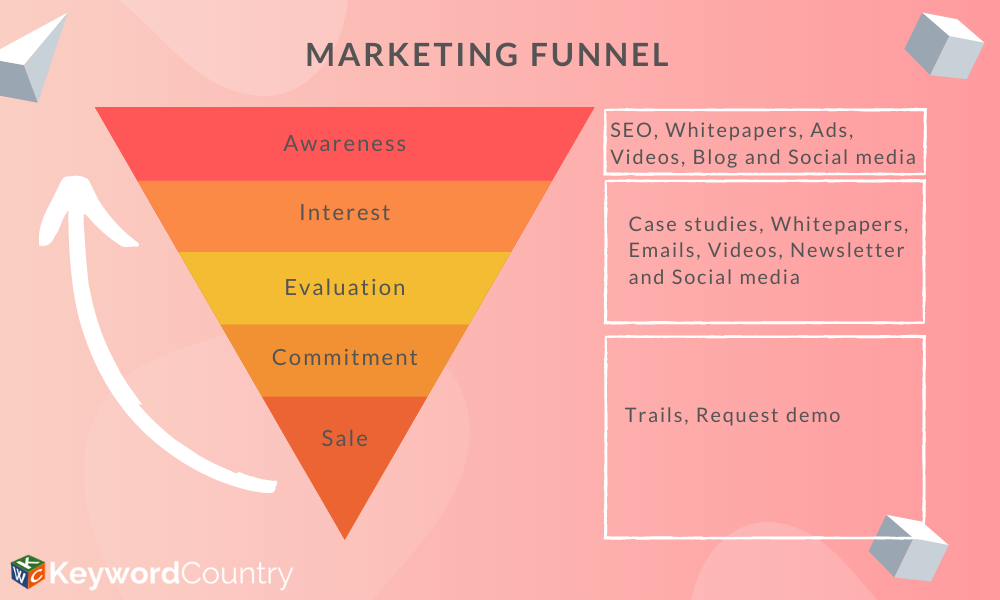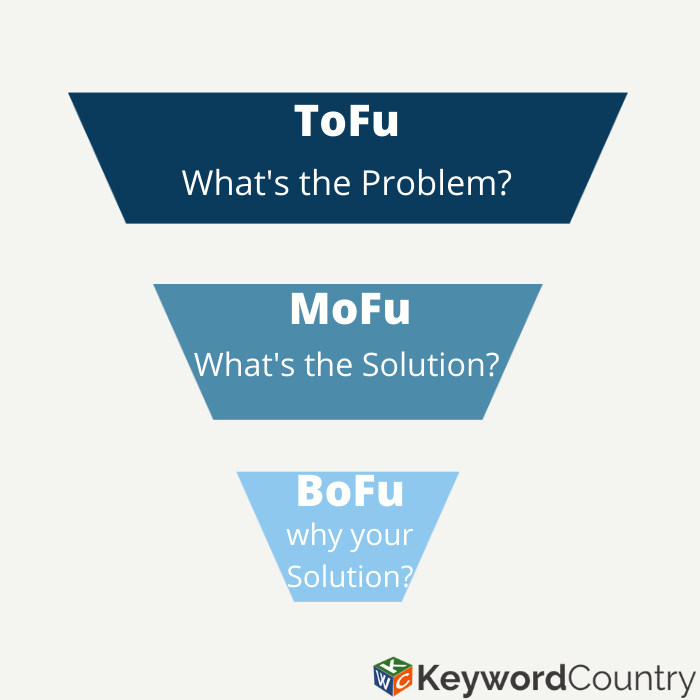Marketing funnel has been around since the inception of companies and customer onboarding. Simply put, it refers to how companies turn leads into customers and improve their customer experience. A lot of things have changed in terms of customer behavior over the years. Right from how the customer funnel looks to the way customer teams nurture leads throughout the customer lifecycle.
The foundation of a good marketing funnel is delivering a great product experience/service at the pivoting points of the customer funnel. By understanding these aspects of the marketing funnel, you will learn to convert the customers and retain them as well. In this article, we have explained the stages of the marketing funnel and how you can get started with them.
Stages in the Marketing Funnel
Regardless of the product, we wish to buy or our budget for the same, we all follow a similar path towards buying that particular product. These buying stages were introduced by John Dewey in the year 1910 but it’s wonderful how today — even after 100 years — it’s still relevant in the buyer behavior. If you are Wondering what is a marketing funnel then read along.
Recognizing a Need (a.k.a TOFU)
A person is prompted to search for a product/service when they identify the lack of it. For instance, if you are making a sketch and your sketch pen runs out of ink. This is a point when you will want to buy a new one. In this case, you know exactly what you want so you would just go to a nearby stationery store and buy it. But what if you need to buy a new car? Should you buy an SUV or a compact car? Likewise, if you are planning to buy a property. Then should you get a row house or an apartment? And how many bedrooms do you need? So for different types of businesses, the buyer needs vary. The stage at which you recognise the need of purchase is called top of the sales funnel i.e. TOFU.
Looking for Information/Researching Options (a.k.a MOFU)
Once the customer recognizes the need to buy something, they will go on a hunt for the right product. How this information is found varies. For instance, recognizing that you are hungry will make your search for nearby places to eat. And the need to install a WiFi connection at your place will make you look for service providers. You would also check reviews of the service provider and research before finalizing a company.
As per Pardot, 70% of buyers do Google search more than two times while trying to find out about their problems, possible solutions, and brands. Many people also go to social media and forums for finding recommendations. And this stage they don’t want any promotional content or advertisement. They want something that will help them learn more about the product.
This is a chance to position yourself as an industry expert and give them some buying advice or enlighten them with their options. You can share content like informative videos, blogs, tutorials, and infographics that tell them about the options they have.
Let’s say that you own a marketing agency. You can share information about link building, SEO, keyword research, and the like. At the research stage, customers need information-rich content that can help them at this stage of the purchase. They will also be using a lot of keywords for searching for this information which you can include in your content. Make sure that you use the right keyword research tools and you will be good to go. Failing to identify the keywords can make you lose on potential clients and website traffic.
Evaluating the Alternatives (MOFU)
In the search of the right products, potential customers often compare the alternatives that you suggest with the other brands out there. What they end up choosing, again, depends on what they are looking for. While choosing a restaurant, a customer can simply say that they feel like eating Mexican food tonight and so look for options in that category alone.
But let’s say that the customer is looking for marketing funnel tools that can be quite pricey and they have to pay a monthly subscription for it. Since this would be a long-term engagement, customers will naturally do more research. And before investing in any tool, they will look for alternatives. In this stage, the customers will essentially sign up for a lot of free demos to get a feel of a product and learn more about a specific product. So content like pricing guides, how-to tutorials, and comparison blogs can be very helpful here.
Make sure that your company is pushing out content around these topics to capture customers at this stage of the buying cycle. For example, if you run a travel agency then you can create content like “How to choose the right travel agency”, “Tips for curating your next travel plans”, “Best travel agencies you can connect with” and the like. Information like this can very well serve customers who are in the consideration stage. Remember that information at this point should not be promotional and should rather be educational. With this in mind, you will be able to create good content that attracts the right type of leads.
Making the purchase (BOFU)
Making the purchase is the final stage of the buying journey. The prospect has done their research and looked for alternatives and is now ready to buy the product/service. This is called the bottom of the funnel (BOFU). And the potential customers have made up their mind to make a purchase. At this stage, you can show the success of previous/current customers so that they get an idea of what to expect.
For instance, you can showcase case studies and success stories of previous customers so that customers can relate to them. Make sure that you build case studies for different customer profiles and verticals right from small businesses to large businesses.
For instance, if you are targeting software for marketing funnel automation for a startup then show them how you have increased the leads by 10x for a previous client. Likewise, if you are selling the software to enterprise then showcase a case study for large businesses. Each target audience will need curated content that can attract customers with the right buying intent. However, some factors can hinder the purchases at this stage. Negative online reviews can affect the customer’s purchase decision. A good way to overcome this is to ensure you provide consistent customer service. However, if you do get any complaints from customers, you can always courteously respond to them. This shows the customers that you care about their opinions and prospects will also feel comfortable while purchasing your product knowing that they have the right support.
Post-purchase behavior (BOFU)
Post-purchase behavior is an important aspect of the marketing funnel. If you greet customers with enthusiasm and respect while crafting a thoughtful onboarding process, they are likely to stick around to the brand. Once they feel confident about the brand, they will then recommend the product to their contacts and spread the word. Likewise, if the customers are disappointed they will go on to quarrel about refund requests, write negative reviews and stop others from using your products.
From the content perspective, there isn’t much you can create to nurture customers in this stage. But if your product solves a problem then the customer behavior will naturally be positive. Create a seamless customer onboarding experience and keep following up with customers to assist them. If you get this right, your efforts of building a marketing funnel will be paid off.
Final Take
It is important to understand the marketing funnel stages so that you can nurture the leads on every stage. Customers have varied needs and expectations while moving forward in the business funnel. Ensuring that they get the right information will make sure that they move ahead in the marketing funnel and finally make the purchase. You can also use marketing funnel tools to augment this process.
Include the power keywords in your content for each stage of the marketing funnel with KeywordCountry. Find the right keywords and kickstart your marketing.




